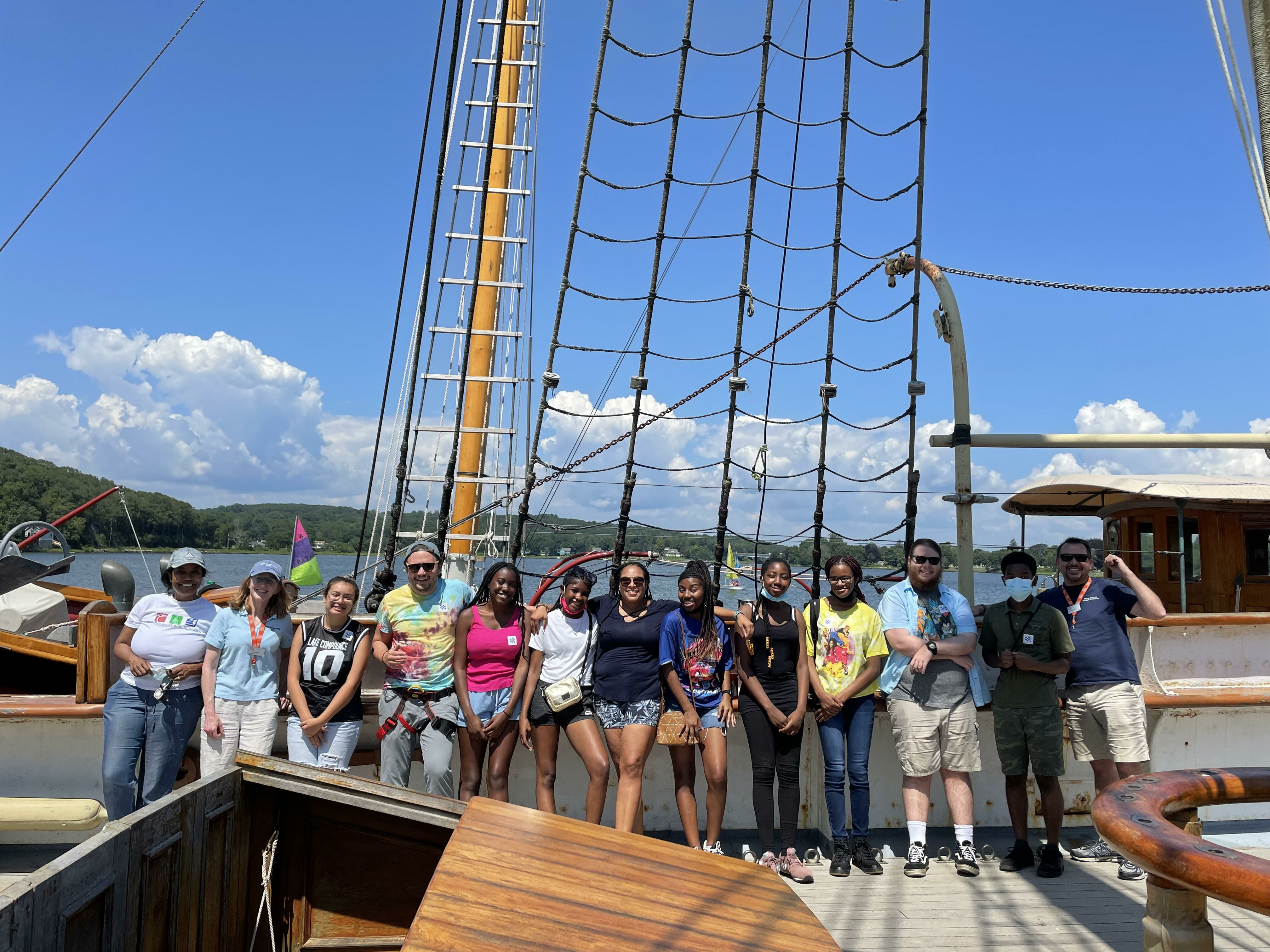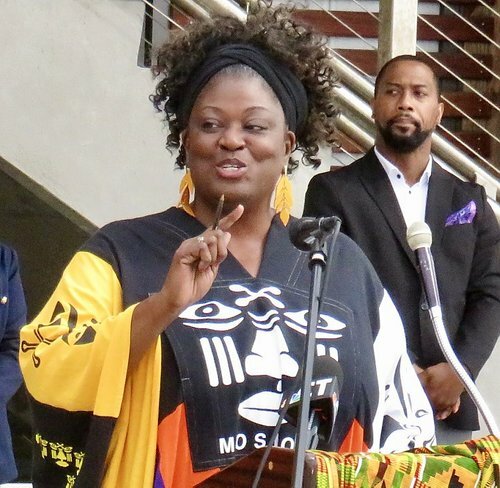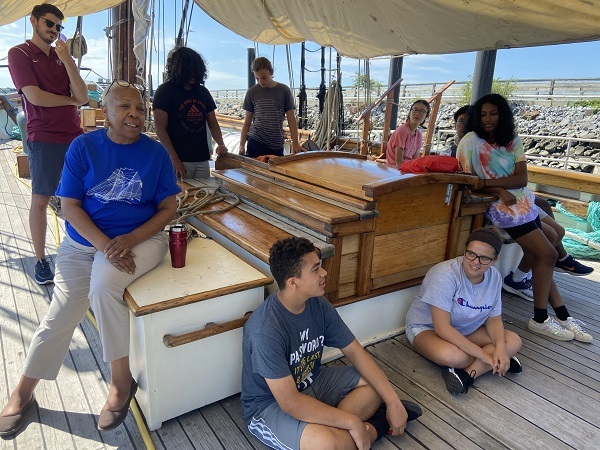Discovering Amistad Connects Lessons of the Past to Today
The story of the Amistad is inspiring the next generation of young leaders in the community.

In 1839, an African named Sengbe Pieh led an uprising aboard the Spanish ship Amistad by using a loose nail to free himself and his fellow captives. Despite not sharing the same dialect, the Africans were able to take control of the ship and demand that the captain sail them back home.
The captain instead sailed to Connecticut, where the Africans, members of the Mende tribe in what is now Sierra Leonne, were arrested for mutiny. Their case, which was appealed all the way to the Supreme Court, ultimately led to their freedom and became a touchstone of the abolitionist movement.
The Amistad’s inspiring story lives on through the Discovering Amistad program, which brings students from across Connecticut aboard a replica of the ship to learn the history and understand their own power for making social change in the present.
“He had a nail,” says Discovering Amistad Executive Director Paula Mann-Agnew, who uses the story of Sengbe Pieh’s resourcefulness as a lesson to help students realize their own leadership potential. “What do you have? What are you going to use?”
Recent grants of $30,000 and $7,500 from The Community Foundation supported programming for local students that connect the Amistad story and the Mende people’s struggles with the social and racial justice issues of today. The lessons also focus on the powerful themes of the Amistad uprising: leadership, resilience, courage and the importance of community.

Since 2015, Discovering Amistad has served 42 school districts and educated over 20,000 students, visiting ports in Stamford, Bridgeport, Norwich, New London, Mystic and Martha’s Vineyard. The ship’s home base is the Canal Boat House on Long Wharf in New Haven, which also houses a museum and is the site of a leadership academy for students in Greater New Haven.
“We are helping students understand that they can be change agents – that they can make a difference,” Mann-Agnew says.
The leadership academy is a 30-hour program that involves such community service projects as park clean-up and letter-writing campaigns to local government and school officials. Students also explore the possibilities for enacting change through art. Students write music calling for environmental change and social justice and develop visual art projects that interpret their own lives through the lens of the Amistad.
“The legacy of the Amistad becomes that sort of thing where you realize you are very much a part of your own experience in this world, and it is up to you to make life not only better for yourself, but your community,” Mann-Agnew says.
Discovering Amistad is educating teachers as well. Mann-Agnew says she often finds a deficit in what teachers have been taught.

“We realize that many of these teachers, although they're excellent teachers, they themselves have never had African American studies. They themselves have never learned about the Amistad story from an inclusive perspective,” Mann-Agnew says.
For Mann-Agnew, the program is a profound way to connect with and honor her heritage through New Haven’s history.
“One thing that’s important to me is being a part of an organization that celebrates history from a resiliency, cultural perspective and inclusive perspective. I've had an opportunity to give respect and acknowledgement to my ancestors."
What inspires you?
Creating a charitable fund makes a difference now and forever.
